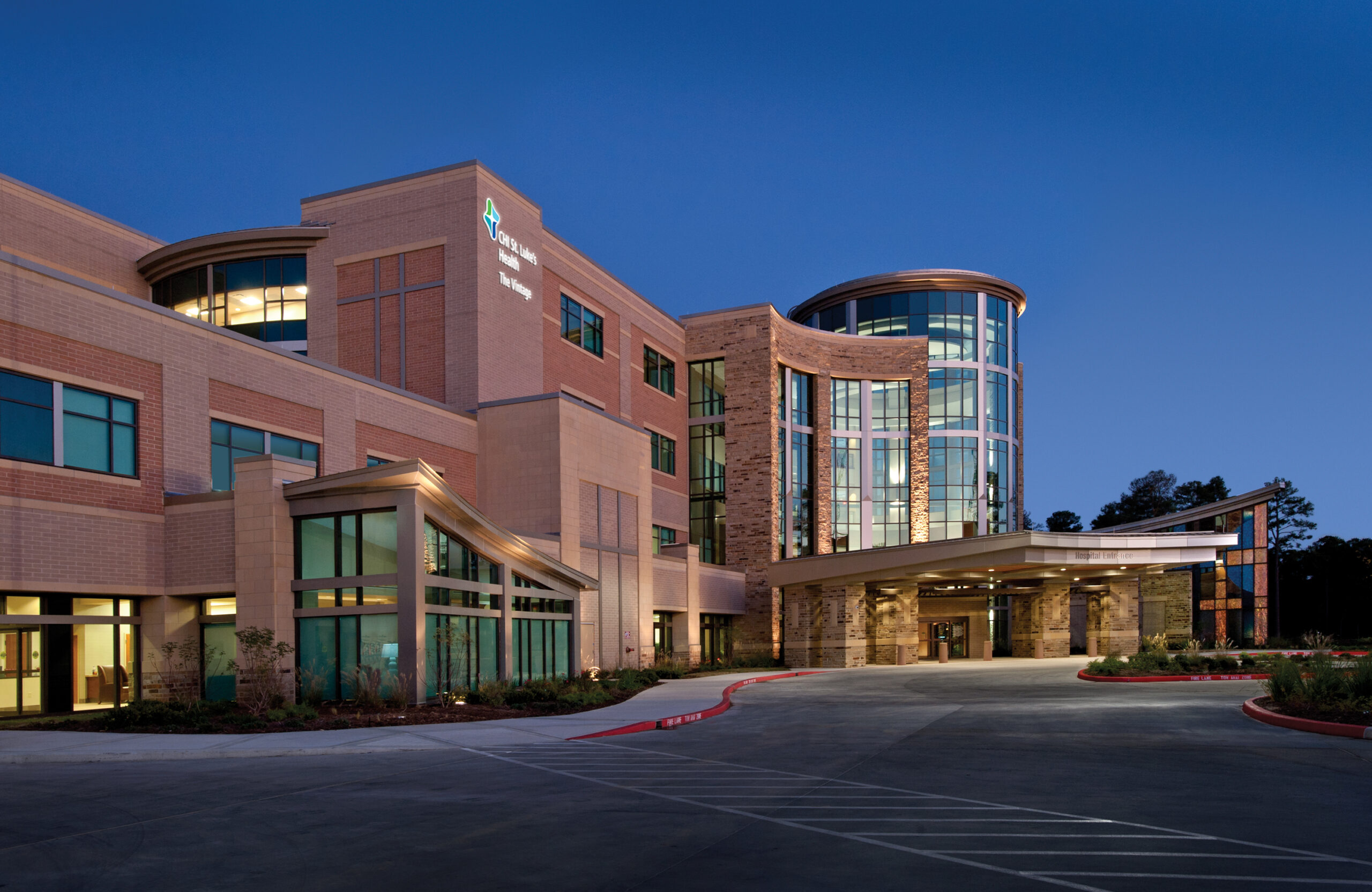 By Ted Shaw, President/CEO, Texas Hospital Association
By Ted Shaw, President/CEO, Texas Hospital Association
Hospitals consistently are confronted with new situations, emergencies and events—often unique and unlike those they have encountered before. In 2014, a Dallas hospital treated the country’s first case of Ebola. During Hurricane Harvey, hospitals statewide rushed to respond to and heal those impacted by the state’s most damaging and expensive hurricane to date. Months later, the Texas First Baptist Church shooting would kick off a string of mass violence events that would require significant hospital care and attention.
No matter the event, hospitals have a reputation for acting quickly and decisively to care for their communities and save lives. In response to the unprecedented COVID-19 pandemic, Texas hospitals draw upon past experiences, emergency response plans and expert guidance to provide the highest quality, safest care. Every day, hospitals train for emergencies, and they provide safe care while responding to unthinkable tragedies and crisis.
Early in the pandemic, hospitals coordinated with public and private partners to secure the personal protective equipment and medical supplies needed to safely care for patients and protect frontline staff. They cut down on the number of hospital visitors and volunteers and pivoted to providing telehealth visits, when possible. Hospitals built out alternative care sites and limited non-essential services to increase the number of beds that may be needed to treat infected patients. These efforts and others were to protect the health and safety of patients and staff.

Today, hospitals are open and ready to serve their communities. They are bringing the same commitment to safety for those who delayed care and whose needs can no longer wait. But helping our communities feel safe in our facilities and in our care is critical now more than ever. A May 2020 poll by the Kaiser Family Foundation found that nearly half of Americans said they or someone in their family has delayed medical care because of the pandemic. More than 10% of those individuals said the person’s condition worsened as a result of the deferred care.
In addition, admissions for a serious type of heart attack known as STEMI dropped 38% after March 1, after the pandemic hit, according to an April study in the Journal of the American College of Cardiology. The Centers for Disease Control and Prevention also reported in May that fears of the pandemic likely are contributing to a decrease in routine pediatric vaccination. While the world may look different today, our physical and mental health needs are ongoing and must be addressed. Health care providers and facilities across the state are working to promote wellness and encourage Texans to access the emergency and preventive health care services they need.
From rigorous cleaning procedures to reconfiguring care settings that maximize social distancing, Texas hospitals and health care providers are taking every precaution to safeguard patients and staff. Separate waiting rooms and wings for patients with possible infectious illness and thorough screenings are some of the necessary steps that hospitals are using to keep possibly contagious patients apart from the general population. Whether they are treating the ill, mending broken bones, conducting groundbreaking research or welcoming new life into the world, all hospital work is done with the same focus that made us leaders in quality and patient safety.
During this pandemic, the health of our communities may be its most fragile. While the venues and methods may have shifted, it is critical that patients stay on top of their health care needs. Accessing timely, medically necessary care is an essential part of overall health and wellness, and hospitals are ready to provide it. Working together, we can encourage people to access the safe, affordable health care services they have grown to trust, even during these unprecedented times.


